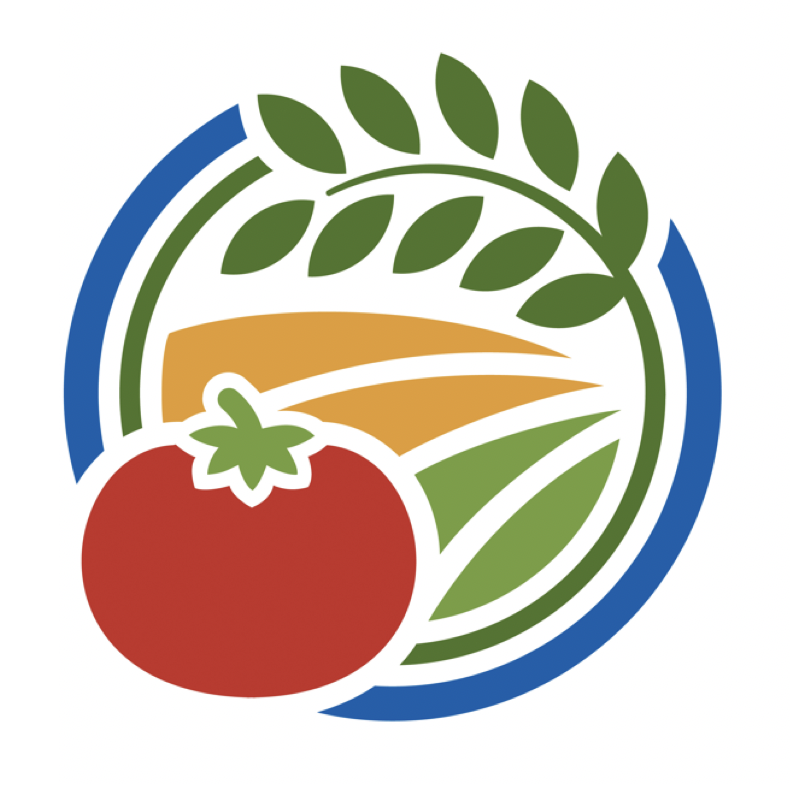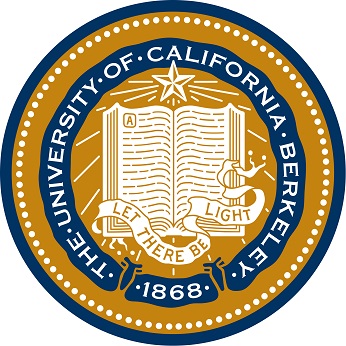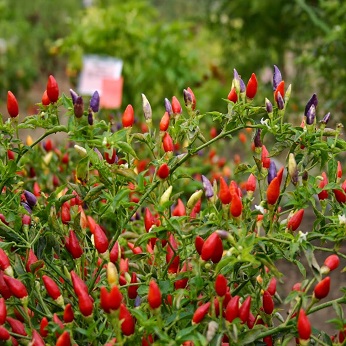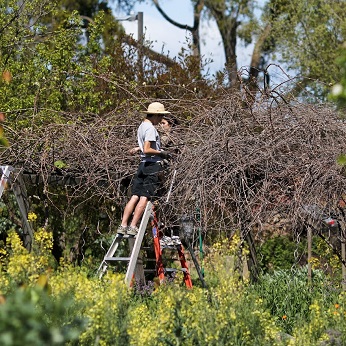Biologically Integrated Farming is the identification and encouragement of particular existing biological relationships within a farm system in order to to reduce or avoid potential negative impacts of the farm’s operations on habitats, natural resources, and communities. Long-term effects of agricultural production, such as nutrient leaching, soil erosion, and habitat damage are increasingly impacting global food production capacity. By drawing on agro-ecological concepts and taking a “whole system” approach, many biologically integrated farming practices may be potential alternatives that will reduce some of the negative external outcomes of conventional, input-driven agriculture.
Overview
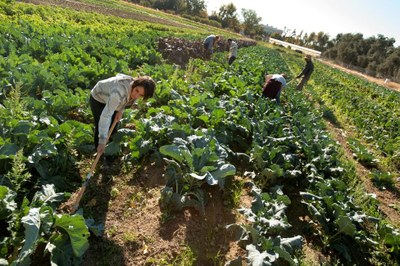
The goal of biologically integrated farming systems (BIFS) is to use biological and cultural farming practices to reduce chemical inputs such as pesticides and fertilizers, and thereby reduce the degradation of natural resources caused by these inputs. The promotion of these farming systems originated from partnerships formed between agriculturalists and environmentalists hoping to lessen the impact of agrichemical pollution. Increasing natural biodiversity has gained significant traction as a method for reducing chemical inputs and maximizing the benefits of ecosystem interactions. The methods aim to take advantage of existing interactions between the components of biological systems and mimic natural habitats where populations of different species are kept in balance. Some examples of biological and cultural practices promoted in BIFS projects include cover cropping, leaf nitrogen monitoring, and use of crop residues to reduce nitrogen fertilizer input and the need for herbicides to control weeds; use of pheromone mating disruption technology and planting of habitat for natural enemies to control insect pests while reducing pesticide use; and better monitoring practices and use of buffer strips to control pests.
Integrated farming systems can be designed using a wide range of practices and techniques. These can be broadly categorized into those systems involving crop-livestock integration, and those systems that focus on whole-system cycling and mimicking nature to best enhance ecological processes.
Biologically Integrated Farming Systems at UC
The first widely recognized integrated farming system research at the University of California began in 1988 with an analysis of two neighboring almond orchards - one conventionally grown, and the other grown organically. With support from the Sustainable Agriculture Research and Education Program (SAREP) the analysis was expanded to include several other almond orchards in California. Demonstration plots were developed across the region and the project came to be known as the Biologically Integrated Orchards Systems program (BIOS). Building upon the success of this program the state funded twelve additional large-scale projects to establish programs providing extension services, training, and incentives for farmers to reduce the use of agricultural chemicals.
These projects became collectively known as the Biologically Integrated Farming Systems program (BIFS Program). They typically included voluntary on-farm demonstrations of various innovative biologically based farming practices; a collaborative extension model for sharing information about alternative management systems; and an organized program of monitoring biological and economic variables for on-farm decision-making and projects evaluation.
In addition to research and publications on the effectiveness of biologically integrated farming systems, SAREP coordinated an outreach project to further expand and improve upon the extension and implementation methods for these farming systems practices.
UC Resources
Contributors: Leigh Archer, Bev Ransom, Mariah Coley
Reviewed by: Sonja Brodt
How to cite this page
UC Sustainable Agriculture Research and Education Program. 2017. "Biologically Integrated Farming Systems." What is Sustainable Agriculture? UC Division of Agriculture and Natural Resources. <https://sarep.ucdavis.edu/sustainable-ag/bifs>
